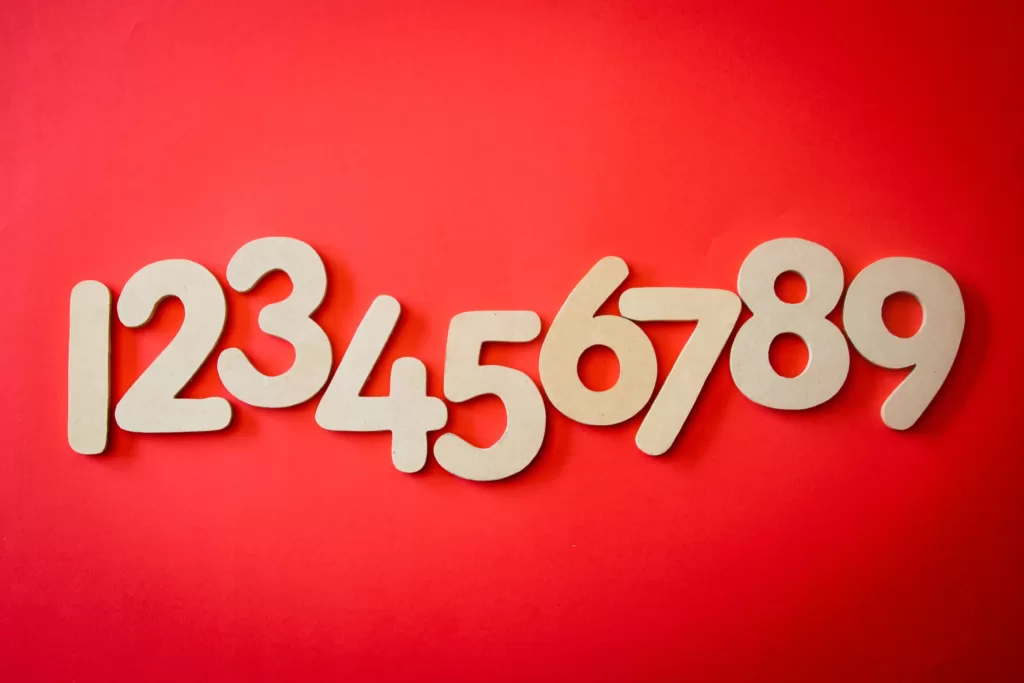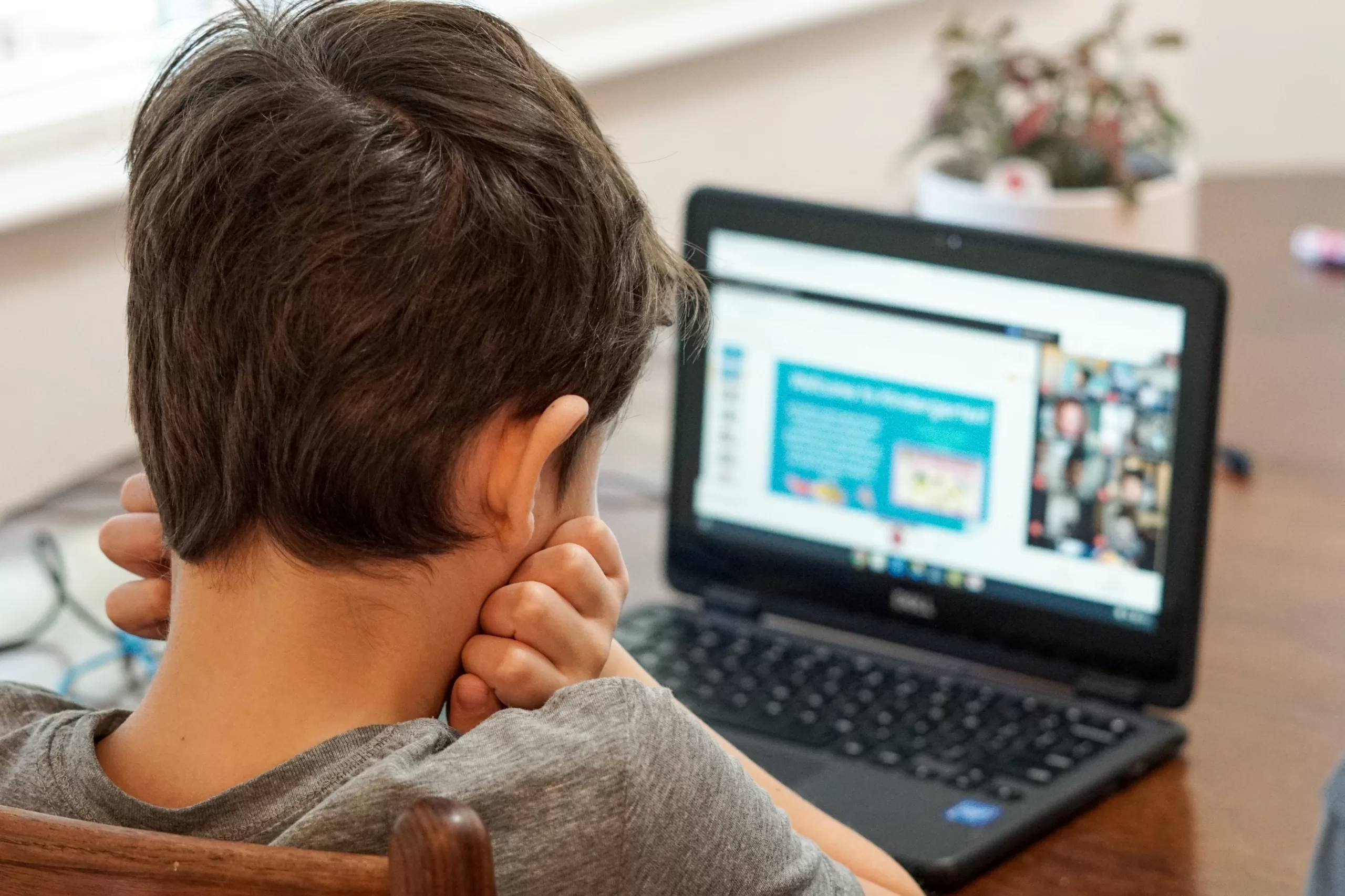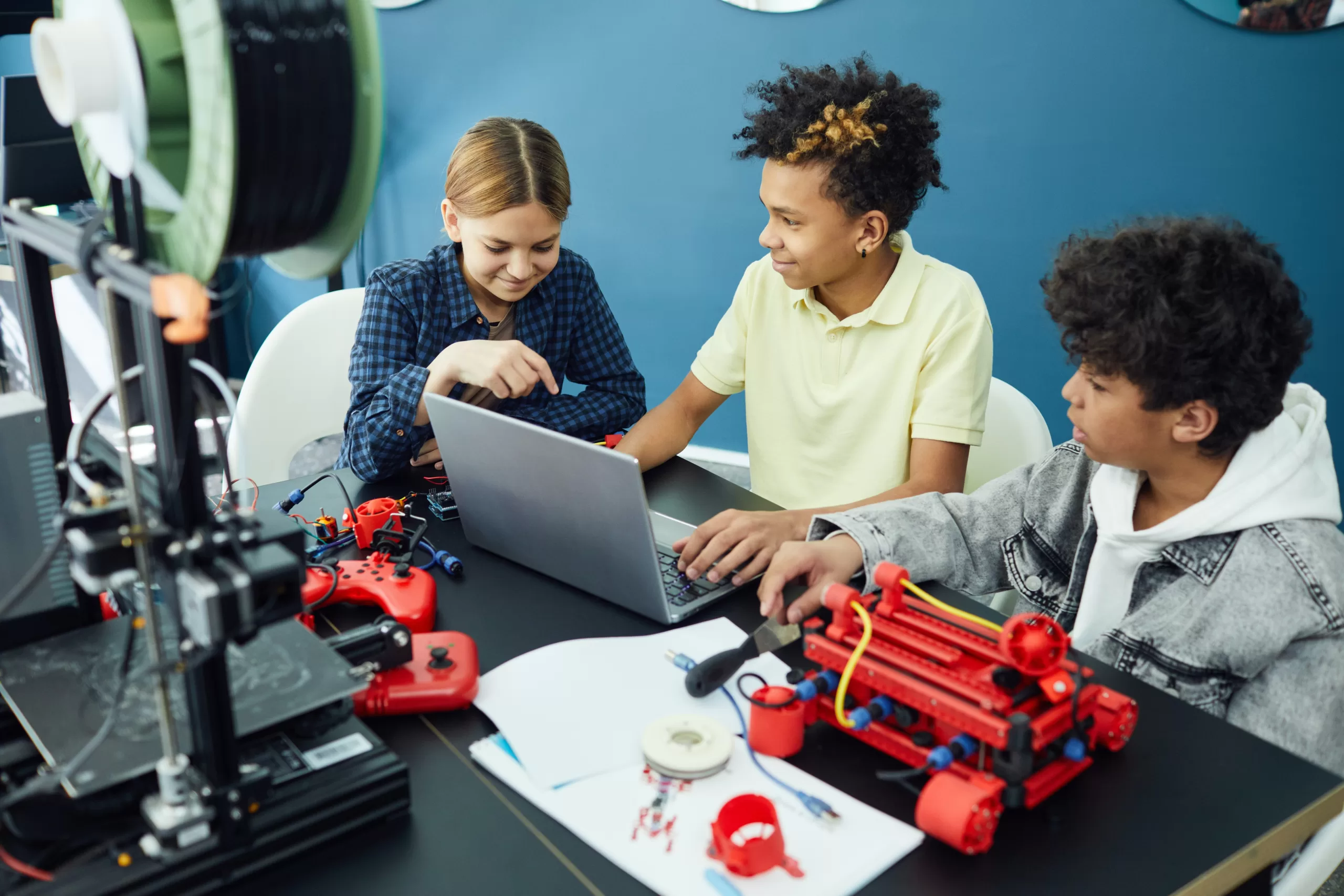In today’s digital age, integrating technology into education is not just a luxury, but a necessity. As parents, we are always seeking innovative ways to make learning more engaging and effective for our children, especially as it pertains to enhancing math skills. One such tool that stands out is Scratch programming. Developed by MIT, Scratch is a free, user-friendly platform that teaches kids the basics of programming through interactive, block-based coding. But did you know it can also be a powerful tool to enhance math skills? Let’s explore how.
1. Building Basic Arithmetic Skills Through Games
Scratch’s interactive platform allows children to create their own games. By designing games centered around arithmetic, your child can practice addition, subtraction, multiplication, and division in a fun, engaging way. Imagine a game where they gather apples in a basket, with each apple representing a number. As they collect apples, they’re actually solving math problems, turning abstract concepts into tangible, enjoyable experiences.
2. Exploring Geometric Shapes and Angles
Geometry can be a challenging subject for young learners, but Scratch turns these concepts into a visual, interactive experience. Children can create projects where characters navigate through mazes of different shapes, or perhaps draw various geometric figures themselves. This hands-on approach not only helps them understand shapes and angles but also improves their spatial reasoning skills.
3. Enhancing Problem-Solving with Algorithmic Thinking
Scratch introduces kids to the basics of algorithms and logical thinking, which are essential for problem-solving in mathematics. By creating simple programs, like a sequence of steps to reach a treasure, children learn how to break down a problem, sequence their actions, and foresee outcomes. This methodical way of thinking is crucial in tackling more complex math problems.
4. Learning Variables and Mathematical Expressions
Variables are a fundamental concept in both math and programming. Scratch provides an environment where kids can play with variables, see the effects of changing them, and understand their role in mathematical expressions. For instance, a basic budgeting program where they add, subtract, or multiply amounts helps them grasp these concepts in a relatable setting.
5. Understanding Data Representation and Analysis
In a world where data is king, having basic skills in data representation and analysis is invaluable. Scratch allows children to create simple projects that involve collecting, sorting, and representing data graphically. They can conduct simple surveys among friends or family and use Scratch to analyze and present this data through charts and graphs, making abstract concepts like averages and percentages concrete and understandable.
Conclusion
Scratch programming is much more than a gateway to learning code; it’s a versatile tool that can make learning math both fun and effective. As parents, guiding our children to use technology creatively for educational purposes can set a strong foundation for their future learning. Encourage your child to explore Scratch – you’ll be amazed at how quickly they grasp mathematical concepts when they’re having fun!






